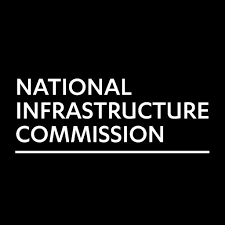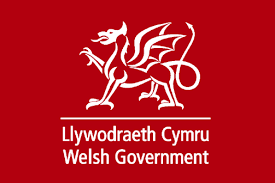National Infrastructure Commission’s Annual Monitoring Report 2021
The National Infrastructure Commission (NIC) has published its Annual Monitoring Report 2021 setting out the priorities to be addressed over the next year and calls on the government to set out a clear roadmap, including a workable plan, for ensuring the hardest to reach homes and businesses get the benefits of high capacity broadband.
In 2018 the NIC recommended that government should set out a nationwide full fibre connectivity plan by spring 2019, including proposals for connecting rural and remote communities. This would ensure that full fibre connectivity is available to 15 million homes and businesses by 2025, and to 25 million by 2030, with nationwide coverage by 2033. A significant number of premises will be commercially unviable for providers to deliver full fibre to and therefore the NIC recommended that rollout to such premises should be partly subsidised. To accelerate rollout, the NIC recommended that Ofcom should promote network competition through deregulation where possible, and access to Openreach infrastructure for alternative providers. The NIC also argued that government should improve processes to obtain wayleaves for telecommunications providers, promote the appointment of digital champions by local authorities, and work with Ofcom to allow for copper switch-off by 2025.
The NIC has previously stressed the importance of mobile connectivity both in Connected Future (2016) and the National Infrastructure Assessment. It recommended the expansion of 4G coverage to all UK roads and rail and argued that the government must support a fast rollout pace for 5G, which will become an integral part of industries developing around internet and cloud-based applications and services, and deliver benefits across a range of sectors, such as manufacturing and health.






